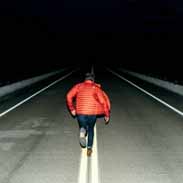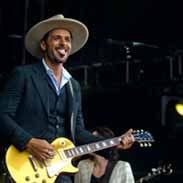Anton Van Leeuwenhoek Flashcards, test questions and answers
Discover flashcards, test exam answers, and assignments to help you learn more about Anton Van Leeuwenhoek and other subjects. Don’t miss the chance to use them for more effective college education. Use our database of questions and answers on Anton Van Leeuwenhoek and get quick solutions for your test.
What is Anton Van Leeuwenhoek?
Anton Van Leeuwenhoek was one of the most influential scientists of his time. He is widely recognized as the first person to discover and observe single-celled organisms, or animalcules as he called them, through a microscope of his own design. He demonstrated that these organisms were actually living creatures, making him one of the founders of microbiology. Van Leeuwenhoek was born in Delft, Netherlands in 1632 and apprenticed as a draper at an early age. His keen interest in lenses soon led him to make microscopes that were far more powerful than those available at the time; it is believed that magnifications up to 270x could be achieved with his instruments. In 1673 he began recording observations of tiny creatures he found in water samples from nearby canals and ditches by looking through his lens. After much experimentation, Van Leeuwenhoek finally published his findings in 1676 which included descriptions and drawings of protozoa such as rotifers and paramecium, bacteria, spermatozoa, algae and other microscopic organisms. As well as being a pioneer in microbiology, Van Leeuwenhoek also made many discoveries related to human health including discovering blood cells and capillaries while studying animals such as eels and fish. He also contributed to geology by observing fossils under magnification; something which had never been done before him. Through his innovative work with microscopes Anton Van Leeuwenhoek opened up an entirely new world for exploration within science; paving the way for future research into all aspects of microorganisms including bacteria which play an integral part in modern medicine today. His contributions will always be remembered amongst history’s greatest scientists who challenged existing views about our environment by pushing boundaries beyond what was thought possible at the time.












